ISO 8295 | ASTM D1894: Coefficient of Friction
ISO 8295 | ASTM D1894: Coefficient of Friction
Among other things, the coefficient of friction (COF) provides information about the surface texture and printability of plastic films. The static and kinetic coefficient of friction is particularly interesting for films that are further processed on packaging and printing machines. The determination of the coefficient of friction of plastic films is described in standards ISO 8295, ASTM D1894, JIS K7125 and DIN 53375 (withdrawn).
The main difference between ISO 8295 and ASTM D1894, besides the use of different specimen dimensions, is that ASTM D1894 only allows measurements of film against film, while ISO 8295 also allows measurements of film against other materials such as metal or glass.
Objective & applications for the ISO 8295 and ASTM D1894 standards
Determining the coefficient of friction in accordance with ISO 8295 or ASTM D1894 is particularly significant for film materials that are further processed on packaging and printing machines. The coefficient of friction of plastic films, in particular the static and kinetic friction, provides information on the processability of the surface texture, which in turn is important for printing purposes.
The determination of the coefficient of friction of flexible film can be easily performed as a standard test on a static testing machine using an additional test fixture. The most common measurement is film against film. For this purpose, film attached to the measurement sled is moved against film attached to the measuring table with a sliding motion.
- In ISO 8295, in addition to the typical film against film pairing, other combinations such as film against metal, film against glass, or two different types of film materials can be evaluated using the same test methodology. As a rule, however, the films used for this test are identical so that the sliding processes of a film stack or a film roll can be evaluated.
- ASTM D1894, on the other hand, only supports measurements of film against film.
Characteristic values / test results to ASTM D1894 and ISO 8295
The coefficient of friction (μ) is the main result of ISO 8295 and ASTM D1894 testing. It indicates how well two materials move against each other or how easily they stick to each other. The coefficient of friction is described both as coefficient of sliding (kinetic friction) and starting friction (static friction). The higher the coefficient of friction, the rougher the surface of the material.
Coefficient of friction μ = Fs/FD
| ISO 8295 | ASTM D1894 | |||
|---|---|---|---|---|
| Abbreviation | Abbreviation | Unit | Name | Short description |
| μs | μs | Static coefficient of friction |
|
|
| Fs | Fs | N | Static frictional force | Fs is the static frictional force, expressed in newtons |
| µD | µk | Kinetic coefficient of friction Dynamic coefficient of friction |
|
|
| FD | Fk | N |
Dynamic frictional force |
FD is the normal force exerted by the mass of the sled in newtons |
Specimens & dimensions to ASTM D1894 and ISO 8295
- For every test of film against film according to ISO 8295, you need two specimens with dimensions of approximately 80 mm x 200 mm. At least three pairs of these specimens should be tested.
- According to ASTM D1894, the specimen that is attached to the plane is defined with measurements of 250 mm x 130 mm (10 inches x 5 inches). The film specimen mounted on the sled must be cut to an approximately 120 mm (4.5 in.) square and shall not exceed a specimen thickness of 0.254 mm (according to standard terminology for films defined in ASTM D883)
Running a test & test equipment
COF tester and test fixture:
- Testing for determination of the coefficient of friction, in accordance with both ASTM D1894 and ISO 8295, can be performed on a static zwickiLine materials testing machine and an additional ZwickRoell test fixture.
- The test fixture consists of a horizontal test table and a sled with known mass. The test fixture can be used to determine the frictional behavior between film and film (ASTM and ISO), as well as between film and plate material made of stainless steel or glass (ISO 8295).
Running a test:
- A film is clamped on the sled. A second film can be clamped to the stainless steel test table or onto the included glass plate, which is placed on the stainless steel table. The film pair is mounted between the table and the sled in such a way that there is full-surface support with evenly distributed pressure on the entire known surface area. This is accomplished by using a layer of felt.
- For the test, it is irrelevant whether the sled is moved across the table, or whether the movement stems from the table.
- To determine static friction, the sled is connected to the force sensor via a standardized tension spring with a fixed spring rate and a thread. This way, the tensile force on the sled can be accurately measured during the movement. Stick-slip effects should not occur in the measurement of kinetic friction, which is why a tension spring in not used.
Calculating the coefficient of friction:
- The coefficient of friction is presented as the quotient of the tensile force measured on the sled and the contact force of the sled that results from its own weight: Coefficient of friction μ = Fs/FD
- The static coefficient of friction (static friction) is calculated from the initial peak value of the tensile force on the sled, while the kinetic coefficient of friction (sliding friction) is calculated from the average value of the tensile force on the sled during a specified sliding distance.

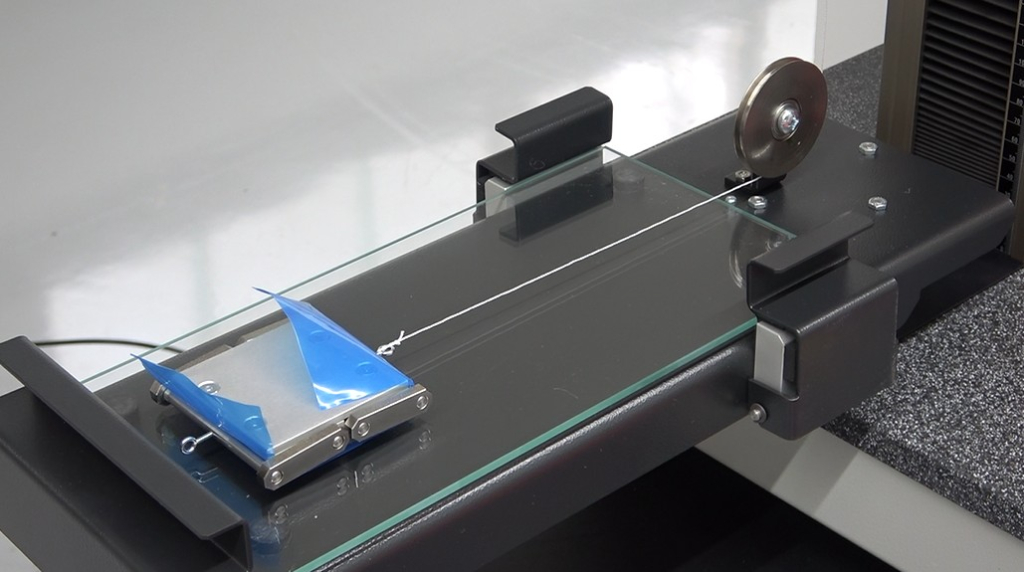
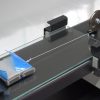

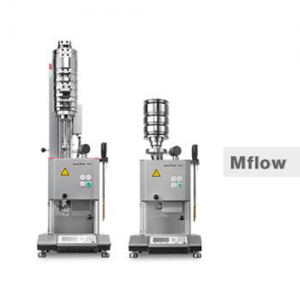
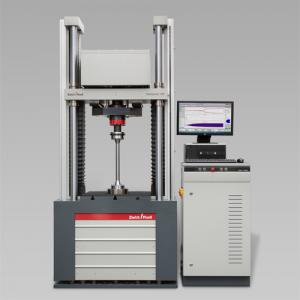
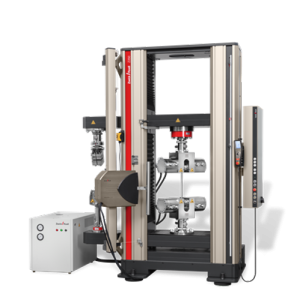
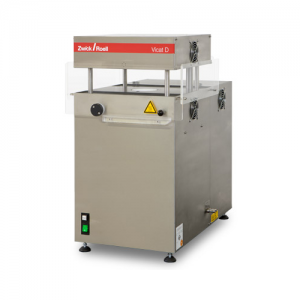
Reviews
There are no reviews yet.